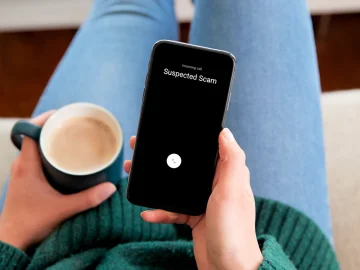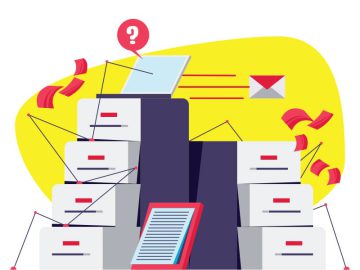With the proper implementation, email marketing segmentation will increase engagement. Your subscribers will receive more personalized messages based on segmentation criteria.
For example, behavioral segmentation is a great way to go. It’s all about segments that are made based on your email subscribers’ actions.
Many marketers recognize behavioral segmentation as the most powerful method for email segments because each subscriber triggers this segmentation with their real actions.
An excellent tool to make this process more efficient is an HTML email template generator. Add this tool to your workflow to design and customize templates that align with your segmented lists. It will save you time and give you consistency in your email design, making your campaigns more professional and engaging.
It’s possible to segment your list based on many different behaviors, such as when people click different links in emails, make purchases, or visit specific pages on your site.
Benefits of Email Segmentation
But should you care about list segmentation in email marketing? Yes, you should. And here’s why.
- It’s good for your email reputation.
- It’s amazing for conversations.
- It’s better for your subscribers as they get more personalized messages relevant to their desires and pain points.
- It’s great for building relationships with your subscribers.
- It’s good for the long-term ROI of your email list.
Top 3 Strategies for Segmenting Email Lists
1. Segment by Signup Channel
Let’s say you have a blog where you write about different topics. Great. Go ahead and create distinct interest groups related to these blog topics that your subscribers read, which made them sign up for your newsletter.
For example, if your subscribers came from an article about cakes, you know they will appreciate more content about cakes in your upcoming newsletters.
Segment all your subscribers based on the signup channels. People who sign up from a website and those who sign up from your blog will likely be at different stages of the sales funnel. A
and segmentation will help you move them down the funnel faster. It’s a good idea to create separate groups for all signup forms.
2. Segment by Customer Journey
Your email readers are at different stages of their customer journey. Some have just discovered your company and want to know more about it and its products or services. Others might have been on your list for some time and are fans of your company but aren’t ready to buy yet.
That’s where our next segmentation method works well. Segment your subscribers by their customer journey stage.
- It makes sense that your loyal clients need to get totally different emails from you than those who aren’t ready to purchase.
- For new subscribers, you need to have a good welcome sequence in place that stretches over a few days. This way, you warm them up and feed them the right information at the beginning of their customer journey.
- You need a separate email sequence to onboard new users (relevant for SaaS).
3. Segment by Previous Purchases
Many email marketing tools enable you to segment your list, taking into account their previous purchases. They use purchase history to do this. It’s an excellent opportunity for new sales to send your subscriber’s new emails that suggest products or services similar to those they’ve already bought. This approach is responsible for over 35% of Amazon’s revenue! Why not use it in your company, too?
2 More Advanced Email Marketing Segmentation Strategies
Segment by Engagement
This is another method to segment your subscribers. Look at all the key email metrics to separate active users from the less active ones. Go ahead and create a segment of readers who show high engagement. Offer these subscribers different incentives to move them down the sales funnel or simply ask them to share your content on social.
Focus mainly on click and open rates. Some tools have specific filters that segment inactive users automatically based on their inactivity over a certain period. Just define the number of days of inactivity, and these tools will do the rest.
With these valuable insights, sending a campaign to re-engage inactive subscribers on your list is a great idea.
At the same time, create custom campaigns for your active subscribers. Send them surveys or other content and keep them engaged even more.
Segment by Survey Results
How do you make sure people are happy and getting value from your emails? Run surveys. Ask your subscribers what they like and what they don’t. Ask them for content ideas to include in your future newsletters. Collect those nuggets, segment your list based on the answers, and use them in future marketing campaigns.





